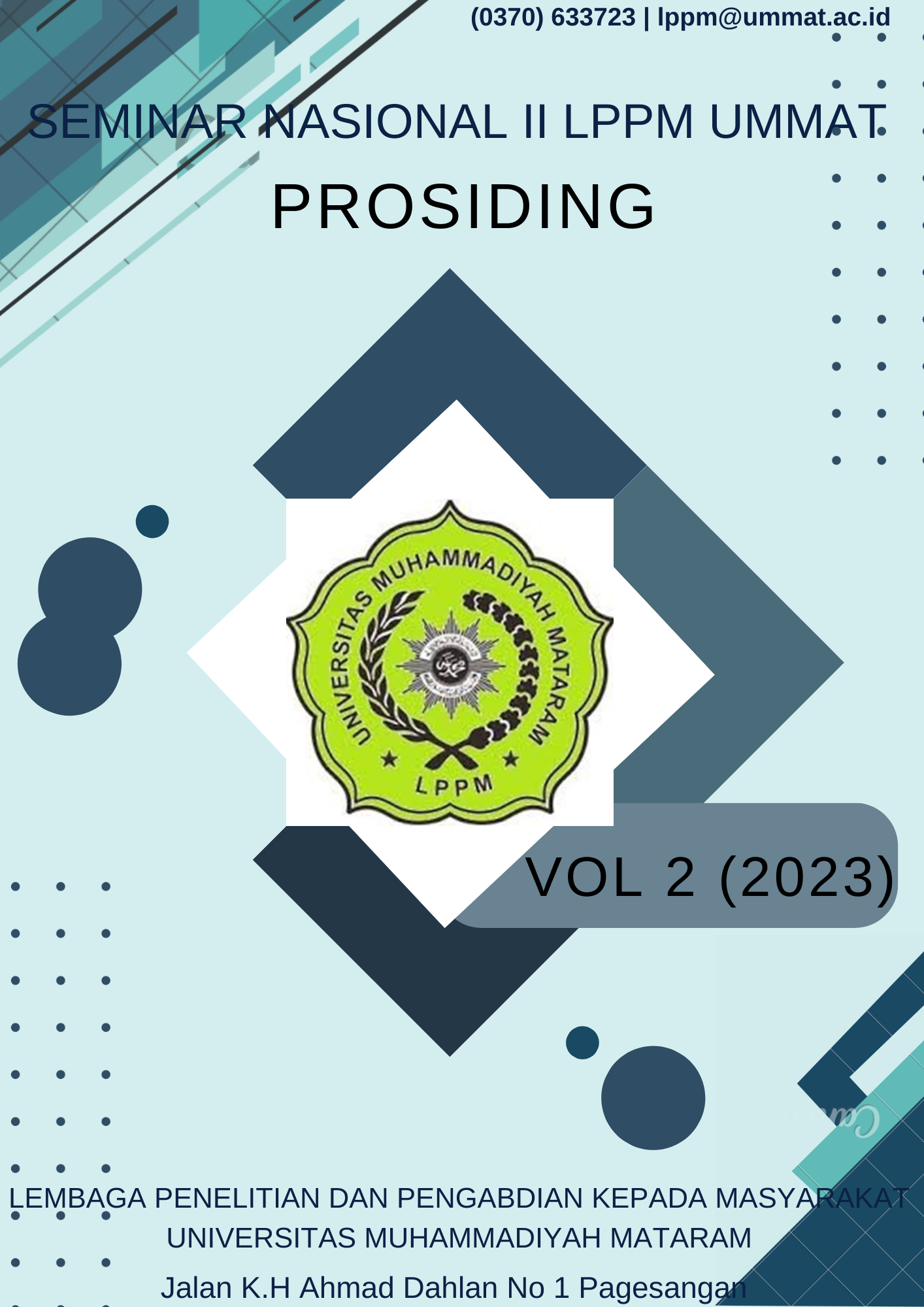Simulasi Model Epidemi Discrete Time Markov Chain Susceptible Exposed Infected Recovered (DTMC SEIR) pada Penyebaran Penyakit Campak
Keywords:
DTMC SEIR, Epidemic, MeaslesAbstract
Measles is an acute viral disease caused by  RNA virus of the genus Morbillivirus, family Paramyxoviridae. Measles is very dangerous because it can cause disability and even death caused by complications such as pneumonia, ear inflammation, encephalitis and subacute sclerosing panencephalis. The epidemic model is a mathematical model used to determine patterns of infectious diseases. The epidemic model that describes the pattern of the spread of measles is susceptible exposed infected recovered (SEIR) model. SEIR epidemic model that follows discrete time Markov process is called discrete time Markov chain (DTMC) SEIR. In this study, we will discuss the application and model of SEIR DTMC on the pattern of the spread of measles with parameter values of contact rate , infection rate , and cure rate . In addition, we will compare the values of  and with assumption that  is fixed, and increasing the value of σ. The model will be simulated using initial values  and . The results of this study are SEIR DTMC epidemic model presented in a transition probability that describes the pattern of the spread of measles. Based on the simulation, it was concluded that the measles epidemic did not end until .References
Centers for Disease Control and Prevention. (2023, January 17). Who We Are. Diakses dari https://www.cdc.gov/ncezid/who-we-are/index.html tanggal 20 Maret 2023
Halim, R. G. (2016). Campak pada Anak. Cermin Dunia Kedokteran, 43(3), 186-189.
Jiao, H., & Shen, Q. (2020). Dynamics analysis and vaccination-based sliding mode control of a more generalized SEIR epidemic model. IEEE Access, 8.
Kementerian Kesehatan. (2015). Profil Pengendalian Penyakit dan Penyehatan Lingkungan Tahun 2014. Jakarta: Kementerian Kesehatan
Kementerian Kesehatan. (2023). Waspada, Campak jadi Komplikasi Sebabkan Penyakit Berat. Diakses dari https://sehatnegeriku.kemkes.go.id/baca/rilis-media/20230120/1642247/waspada-campak-jadi-komplikasi-sebabkan-penyakit-berat/ tanggal 20 Maret 2023
Kholisoh, S., Budi Waluyo, S., & Kharis, M. (2012). MODEL EPIDEMI SEIR PADA PENYEBARAN PENYAKIT CAMPAK DENGAN PENGARUH VAKSINASI. UNNES Journal of Mathematics, 1(2),110-117.
Putra, R. T. (2016). Model Epidemi Seir dengan Insidensi Standar. Jurnal Ilmiah Poli Rekayasa, 12(1), 73–81.
U. Hurint, R., Z. Ndii, M., & Lobo, M. (2017). Analisis Sensitivitas Model Epidemi SEIR. Natural Science: Journal of Science and Technology, 6(1), 22–28.
Wahyu Saputro, A., Wulan, R., & Slamet, I. (2020). PENERAPAN MODEL EPIDEMI DISCRETE TIME MARKOV CHAIN SUSCEPTIBLE EXPOSED INFECTED RECOVERED (DTMC SEIR) PADA POLA PENYEBARAN PENYAKIT TUBERKULOSIS. PROSIDING SEMINAR NASIONAL STKIP PGRI SUMATERA BARAT, 6(1), 29–40.
Wicaksono, D., Respatiwulan, Susanti, Y., Matematika dan Ilmu Pengetahuan Alam, F., & Sebelas Maret, U. (2019). Model Discrete Time Markov Chain (DTMC) Susceptible Infected Recovered (SIR) Pada Pola Penyebaran Penyakit Cacar Air. Prosiding Seminar Nasional Sains & Entrepreneurship VI, 1(1), 1–8.
Downloads
Published
Issue
Section
License

This work is licensed under a Creative Commons Attribution-ShareAlike 4.0 International License.

